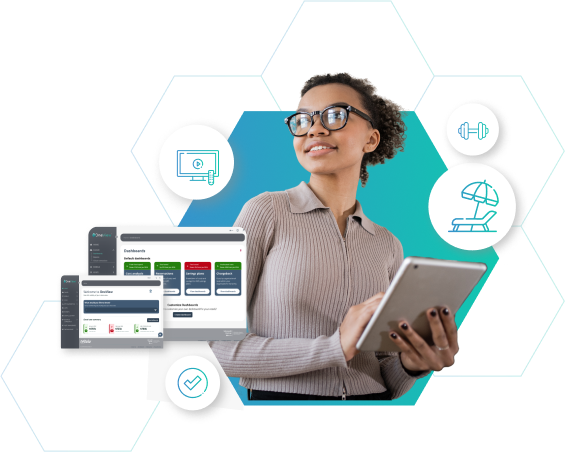Mobile technology has become ubiquitous in the enterprise in this age of digital transformation and flexible working models. Smartphones, cloud applications and 4G/5G help employees to get more done, work from wherever they are, and be more responsive to customer needs.
But as with nearly any other technology or service, endpoint devices like smartphones, tablets and laptops need to be tightly managed to ensure security, productivity, lower total costs of ownership, and an optimal end-user experience. That’s where cutting edge mobile device management (MDM) solutions come into play.
Here is a guide to why MDM matters:
What is mobile device management (MDM)?
MDM refers to the class of solutions as well as the processes and methodologies that enable IT administrators to provision mobile devices as well as to control, secure and enforce policies on smartphones, tablets, notebooks, and other endpoints. In addition to managing device inventory and provisioning, MDM protects mobile data and applications. MDM today is a component of unified endpoint management (UEM), a cutting edge set of tools for managing all endpoint devices from within a single console.
Why is MDM important?
As companies accelerate digital transformation and innovate with hybrid work and mobile business processes, they need to find ways to simplify management of mobile devices and data. MDM is an essential capability for IT administrators with large mobile fleets for the following reasons:
- Cyber-security and compliance: Employees use mobile devices to process, store and access a range of sensitive and confidential data. MDM enables companies to enforce security policies and wipe lost or stolen devices remotely. This protects company data and helps it comply with privacy regulations like POPIA.
- Remote management: MDM enables IT administrators to remotely configure, update, and troubleshoot mobile devices. It also offers smarter automation of many admin processes. This reduces manual work for the IT team and means they don’t need to have physical access to devices to provide support to employees.
- Asset tracking: MDM provides a centralised view of all mobile devices on an enterprise’s network, making it easier to track assets, monitor hardware health, and plan for device upgrades or replacements. It is essential for tracking mobile assets in any large mobile workforce.
- BYOD (Bring Your Own Device) support: MDM enables smarter approaches to managing the security and privacy concerns associated with employee-owned devices. It can separate business and personal data using containerisation, ensuring that business data remains secure even on employees' personal devices.
How can your company achieve success with its MDM rollout?
Here are some best practices for MDM success:
Think of it as an enabler for digitalisation and smarter ways of working. Look at MDM within the context of the wider digital transformation and cybersecurity strategy.
Policy should proceed technology. An MDM solution is only as good as the security and usage policies companies put in place to guide how employees manage corporate devices, applications and data.
End-user training is key to success. Train users in how to comply with policies and educate them about potential cyber-risks and their implications for your business.
Automate where possible. Use MDM features that push over-the-air updates and settings to end-user devices. This will simplify life for the IT team.
Maintain the device inventory. Leverage MDM to track all mobile devices used in the business. Require devices to be registered with the MDM software to gain access to corporate resources.
Be sure to leverage MDM features to safeguard data. Use smarter MDM features to remotely wipe or lock devices in case of loss or theft, and control app installations. Implement containerisation to separate personal and business data on employee-owned devices.
Do you want to simplify management of your mobile environment and accelerate your ROI? We have helped many blue-chip companies with their digital transformation and mobile workforce programmes. For more information about what we do, get in touch with our knowledgeable experts.
